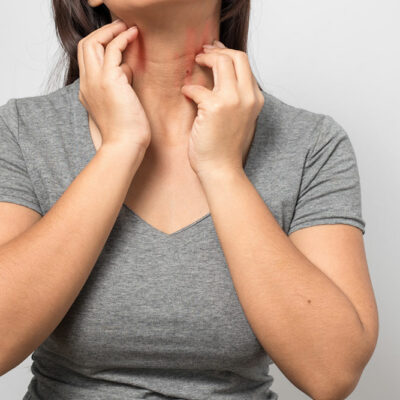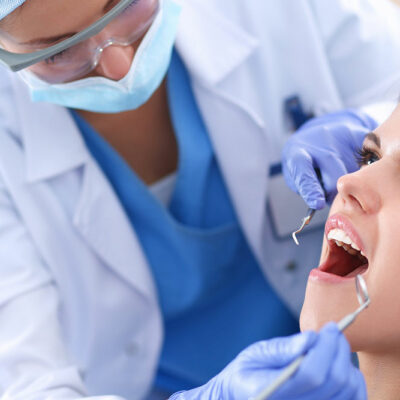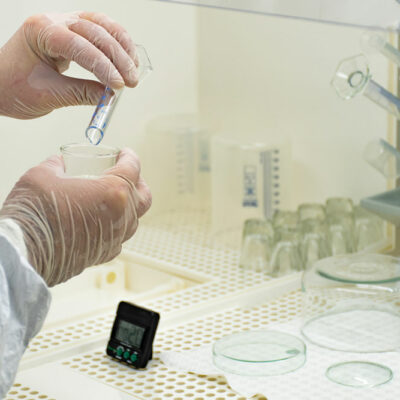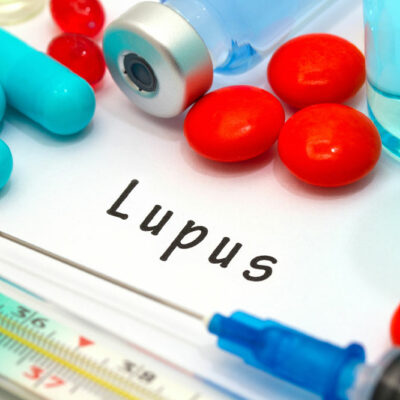
health
9 early warning signs for seizures
Seizures are sudden, uncontrolled electrical brain disturbances that may cause various symptoms and behaviors. While the specific symptoms of seizures vary depending on the type of seizure and the individual, there are some common early warning signs that people may experience before a seizure occurs. Not everyone with epilepsy or seizures will have these warning signs. Considering that aspect, here are some of the early warning signs to be aware of: Abnormal sensations Some individuals may experience abnormal sensations or unusual feelings in their body before a seizure. It can include tingling, numbness, or a sensation of “pins and needles.” Altered mood or emotions Changes in mood or emotions can sometimes serve as warning signs. Some people may suddenly feel anxious, irritable, or extremely happy (euphoria) before a seizure. Mental confusion A feeling of mental fog, confusion, or disorientation can occur as an early sign of certain seizures. Individuals may find it difficult to concentrate or think clearly. Headache or pressure Some individuals report experiencing a headache or a sensation of pressure in the head before a seizure. A sense of fullness or discomfort can sometimes accompany this. Changes in vision or hearing Blurred vision, visual disturbances, or changes in hearing, such as buzzing or ringing sounds, can occur before or during a seizure.




















